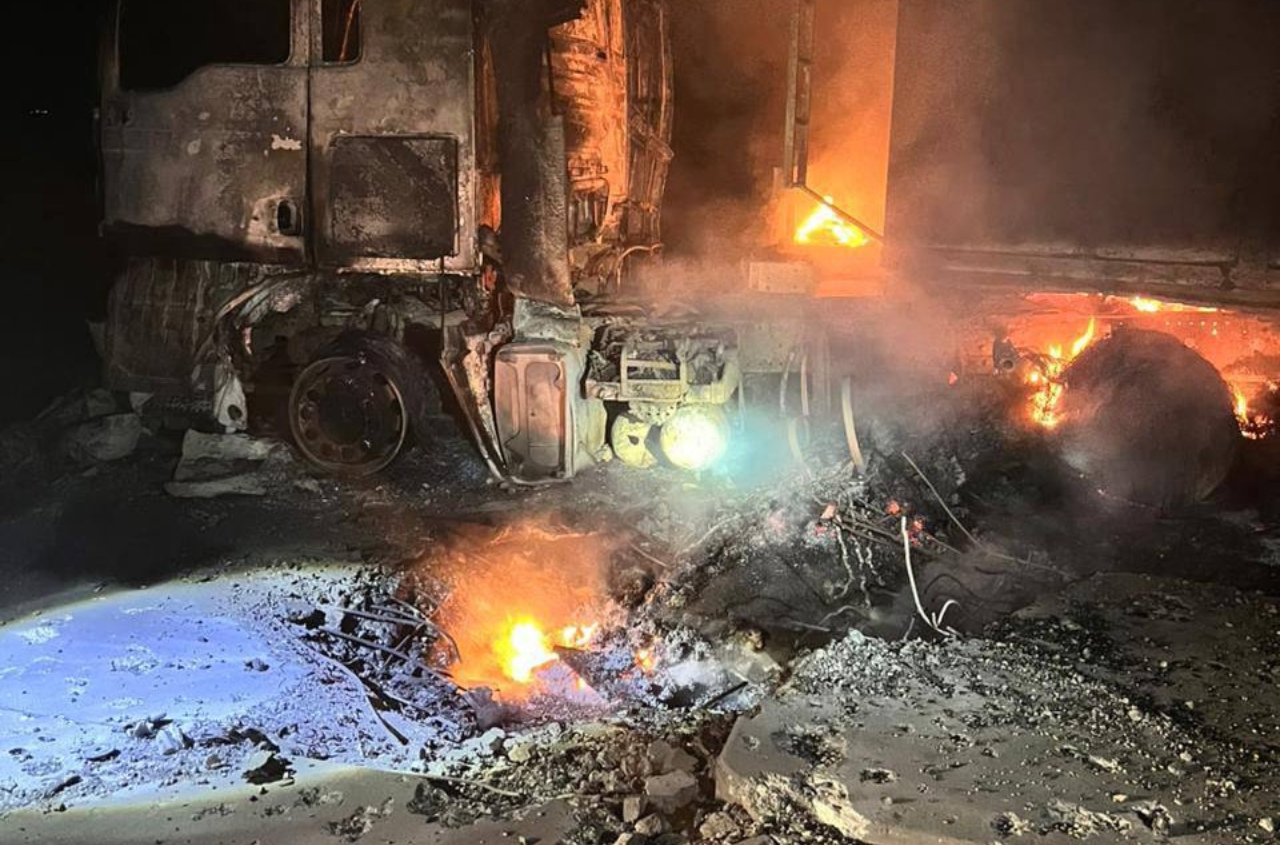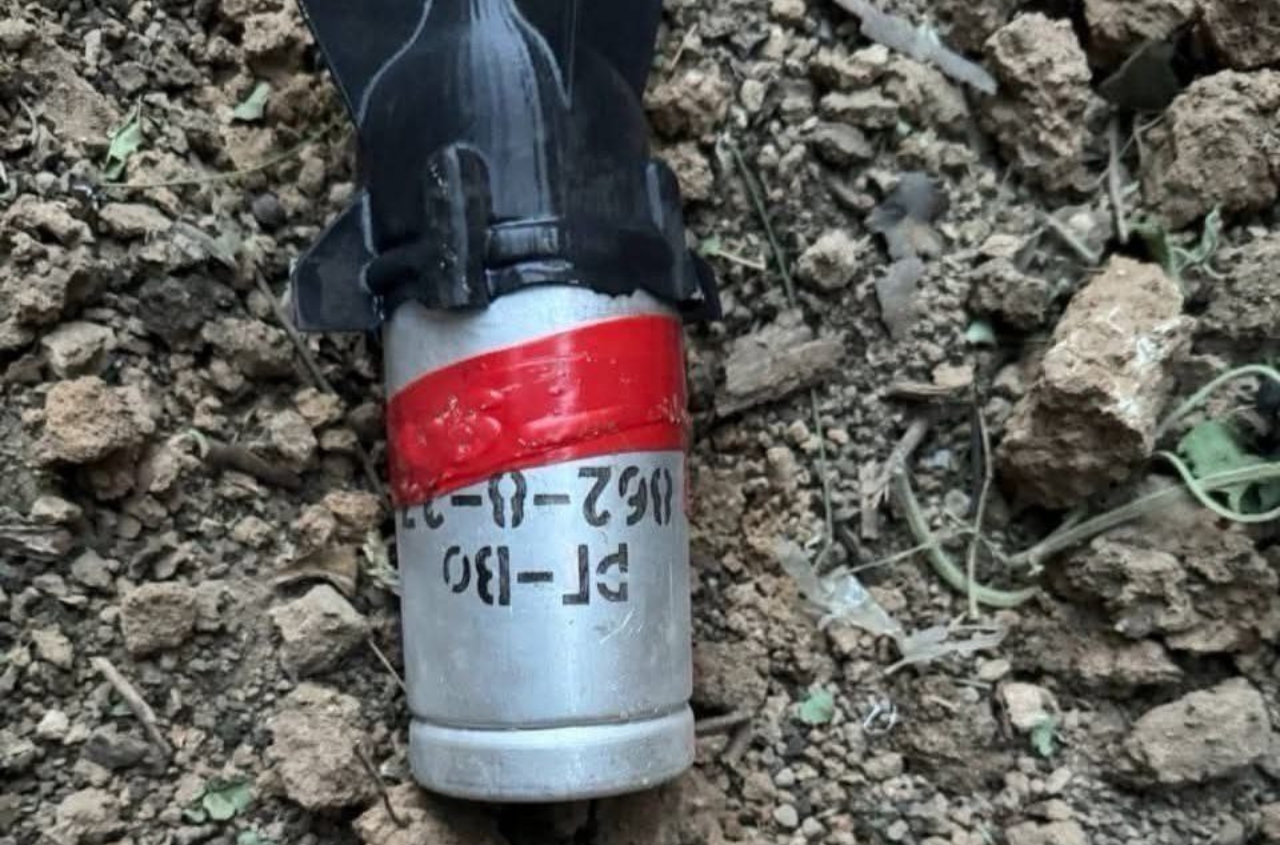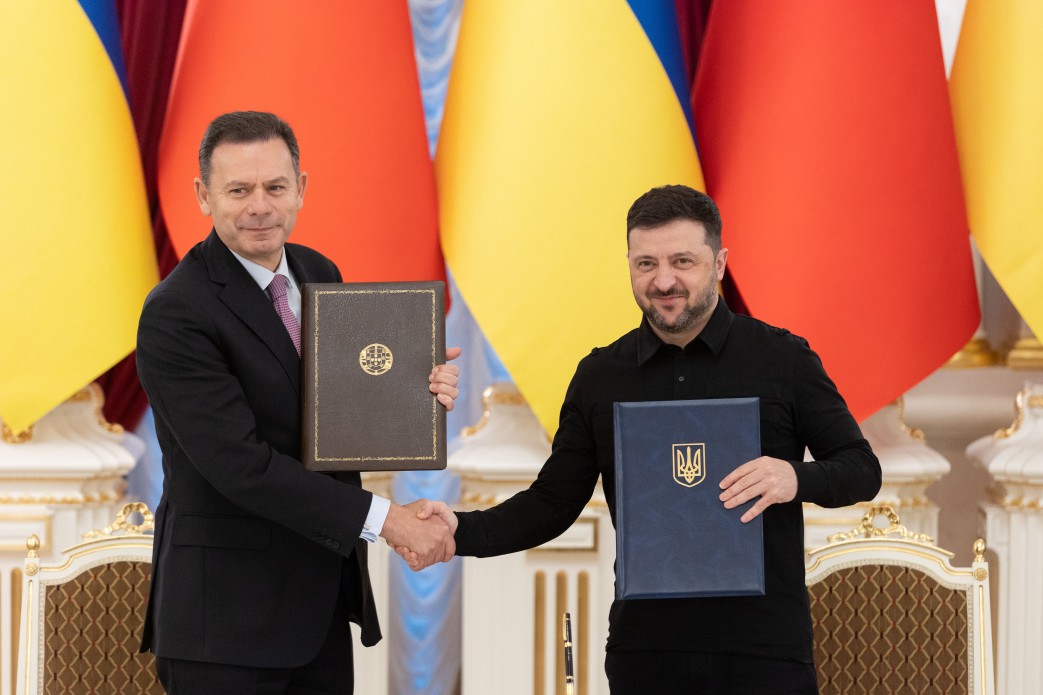By Alexander Kovalenko for minval.az
"On the morning of August 6, the Russian Ministry of Defense reported an attempt to breach the border in the Sudzha district of Kursk region. Initially, the ministry's report was quite positive, claiming that the border breach had been prevented and the situation was under control. Acting Governor Alexei Smirnov confirmed that the border breach had not occurred. However, by noon on August 6, it became clear that all Russian officials were lying.
The border breach not only occurred but also saw one settlement after another falling under the control of the opposing forces, with the depth of the breach exceeding 5 km by the afternoon of August 6.
Situation
By the end of the first day of the breach, the border settlements of Oleshny, Nikolaevo-Daryino, and Daryino, as well as Gogolevka and Rubanshchina, were not under Russian control, and the border checkpoint "Sudzha" was fully controlled by the opposing side. Dozens of Russian soldiers were verified as prisoners, and Russian light and heavily armored vehicles were destroyed. Also verified were destroyed Ka-52 and Mi-28 attack helicopters.
As of today, official Ukrainian sources authorized to make statements have not confirmed that the forces involved in the Sudzha operation are Ukrainian Defense Forces. Since the Russian Ministry of Defense reported on August 6 that 300 operatives were involved in the "attempt" to breach the border, those involved in the Sudzha operation can be referred to as the "300 Spartans."
As of August 7, the initial breach front along the Ukraine-Russia border stretched 35 kilometers, from Nikolaevo-Daryino to Oleshny. The depth of the breach ranged from 8 km to 15 km, and the forward front extended to 20 km by the end of the day, from Zeleny Shlyakh to Goncharovka.
Additionally, the "300 Spartans" controlled the R-200 highway to Sudzha, the Rylysk-Sudzha road, and rural logistics, primarily unpaved but fairly extensive.
Objectives
As the Russian side began to acknowledge the breach and the criticality of the situation, various theories emerged regarding the objectives of the operation. Among the many theories, some were quite extreme, such as the aim being to seize control of the Kursk Nuclear Power Plant and subsequently exchange it for the Zaporizhzhia Nuclear Power Plant.
This version is as ambitious as it is unlikely, considering the depth of the breach required for its realization and the necessary resources.
Another interesting theory concerned the Sudzha Gas Infrastructure System (GIS) — a key object in transporting Russian gas to Europe. By the afternoon of August 7, there were reports that the object, along with the city of Sudzha, was allegedly not under Russian control, though no confirmations were provided. Although the theory about the Sudzha GIS target is quite reasonable and has a basis, it remains speculative.
In reality, the operation might have at least two objectives, excluding the GIS theory.
The first — creating a sanitary zone. The chosen direction of the breach supports this theory. Essentially, the "300 Spartans" move considering not only logistics but also flanking cover from natural barriers.
For example, the movement towards Oleshny-Gogolevka-Rubanshchina is due to the R-200 highway and the covered southern or right flank — the Oleshny River, which prevents attacks from this flanking side. Movement towards Nikolaevo-Daryino-Daryino-Nizhny Klin is supported by access to the Rylysk-Sudzha road and cover for the right (northern) flank by the SnaHost River.
Sudzha itself, divided by the Sudzha River, represents a good stronghold for positioning forces, with most of it on the right bank of the natural barrier, making a frontal assault extremely problematic.
The second objective — drawing Russian forces and resources away from other fronts. By the afternoon of August 6, there were reports that Russian command began redeploying units from the Bryansk group, with a total strength of 10,000 personnel, and the Belgorod group, with more than 50,000 personnel, although most are engaged in battles in northern Kharkiv region. This redeployment could impact the battles in Kharkiv and weaken the pressure on the Russian troops (ROV).
What could this lead to? It is quite possible that it could result in systemic counterattacks evolving into an offensive, potentially pushing the ROV back to the border, or at least beyond Volchansk and the village of Glubokoye.
Of course, there could be other objectives for this breach, which are still too early to discuss, given the rapid development of events. However, if the "300 Spartans" consolidate their positions, a first buffer-sanitizing zone could indeed form on Russian territory. Moreover, the scale of the operation, unlike previous ones in 2023 and early 2024, indicates not a "scare the enemy for a day or two" tactic, but a genuine expansion of control with the intention of holding it for a longer period.
By the evening of August 7, Russian sources reported a loss of communication with the villages of Zeleny Shlyakh, Obukhivka, Pokrovsky, Tolstyi Lug, and Lyubimovka, indicating an expansion of control by the "300 Spartans" on the right bank of the SnaHost River. This suggests a northwestward movement towards the Korenevo-Troitskoye road, but still within a 15-kilometer depth.
Consequences
The Sudzha operation has already shown that Russia virtually lacks control over its border. And this is not about controlling a remote region in the vast expanses of the country, but controlling the border with a country Russia has demonized for years and invaded in 2022. If the border in this area is not just poorly guarded but barely held, what about the border with Mongolia or China?
Furthermore, the Sudzha operation has demonstrated that Russian officials continue to lie, despite frequent leadership changes. Only when lies can no longer conceal the critical situation do they reluctantly admit to failures.
Most importantly, Russian command continues to lack resources. To address a 20-kilometer front with a depth of up to 15 kilometers, it is forced to redeploy additional troops to the crisis zone, weakening other fronts.
For two days, Russian command has been unable to contain the expansion of control within its territory, which is indicative for all observers, both from the so-called unfriendly countries and those considered "partners" and "friends."
Moreover, the Kremlin needs to understand that any game can be played both ways. Starting a war on another country's territory means you can never be sure that the fire of war won’t spread to your own.
Whether one likes it or not, the sanitary zone is expanding."




















